 Read more:
Read more:
Need Support?
Please provide your question. We’ll find you with the best support options.
1.Introduction of Buying Bearings
3.Selecting the Right Bearings
4.Precautions When Buying Bearings
Bearings are essential components in various machinery and equipment, serving the critical role of reducing friction and enabling smooth motion. Whether you're a professional engineer or a DIY enthusiast, knowing how to correctly select bearings is crucial for the success and longevity of your projects. In this guide, we'll dive into the intricacies of buying bearings, offering valuable tips and precautions to ensure you make the right choice.
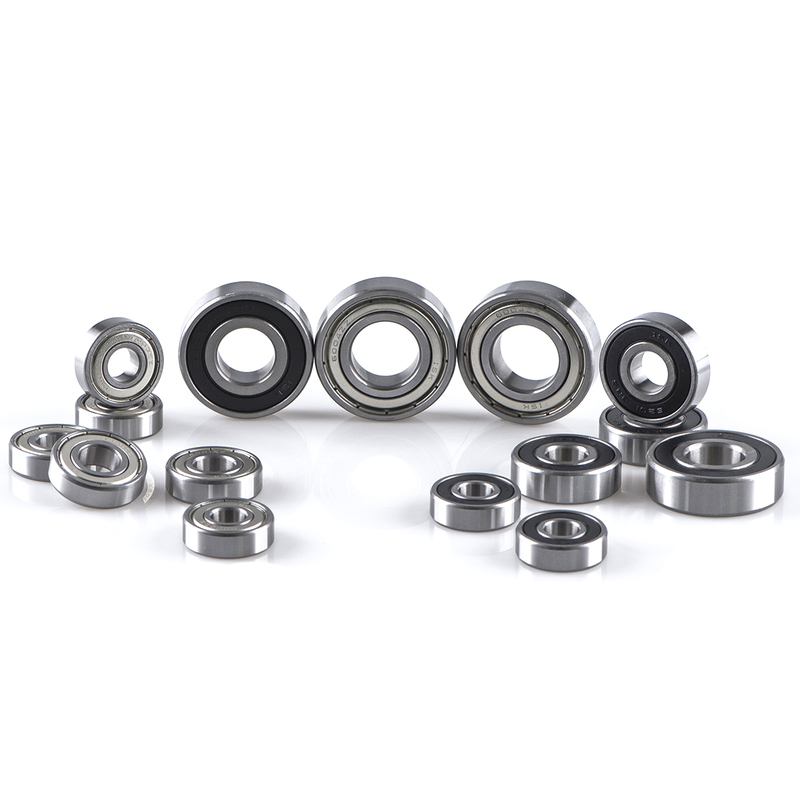%E5%90%88%E4%BD%9C60%E9%9B%86%E5%90%88%E4%B8%BB%E5%9C%96.jpg)
Before we delve into the selection process, it's essential to have a basic understanding of bearings. Bearings are mechanical components that support the relative motion between two parts, typically a rotating shaft and a stationary component. They come in various types, each designed for specific applications. The primary types of bearings include:
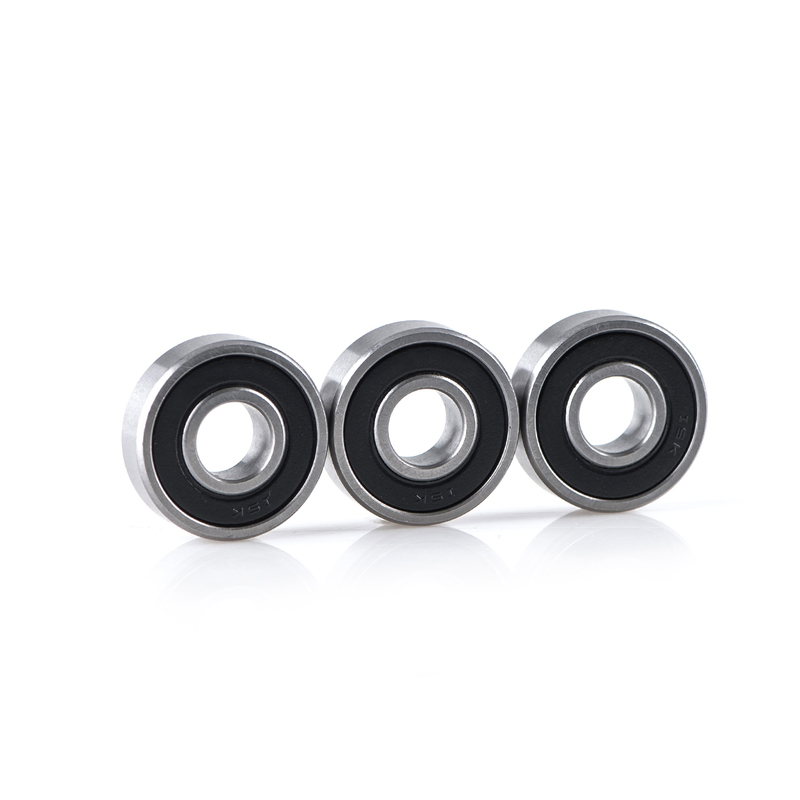%E4%B8%BB.jpg)
Ball bearings, consist of small metal balls that reduce friction between two surfaces, allowing for smooth rotational motion. They are primarily designed to handle radial loads but do have some capacity to handle axial loads as well.
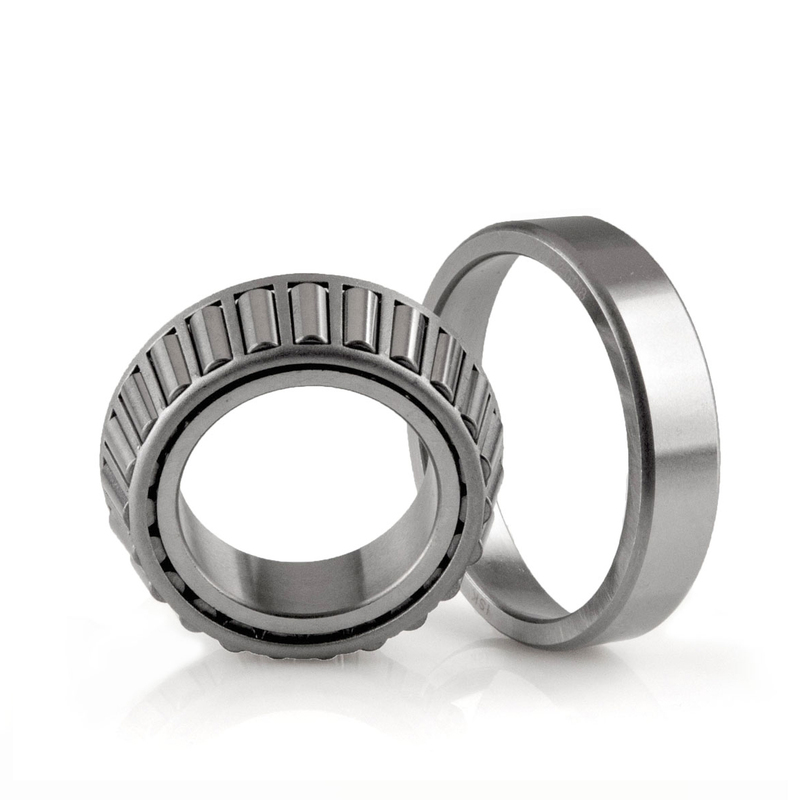%E4%B8%BB%E5%9C%96.jpg)
Roller bearings use cylindrical, tapered, or spherical rollers to distribute loads more evenly. They are ideal for handling heavier radial and axial loads.
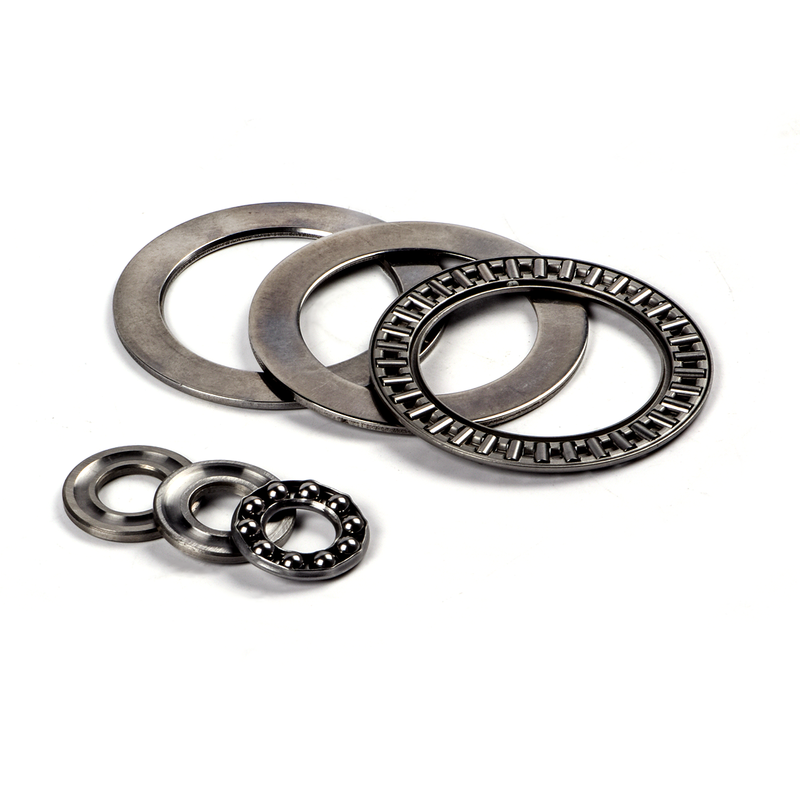
These are designed to handle axial loads and provide support for components that move in a straight line.
Start by understanding the specific requirements of your application. Consider factors such as load capacity, speed, temperature, and environmental conditions. The choice of bearing will greatly depend on these factors.
Select the type of bearing that best suits your application. Ball bearings work well for moderate loads and high-speed applications, while roller bearings are ideal for heavier loads. Thrust bearings are essential for applications with axial loads.
Bearings come in various sizes and dimensions. Ensure you choose the right size to fit the shaft and housing properly. An improperly sized bearing can lead to premature wear and failure.
Always opt for high-quality bearings from reputable manufacturers. Cheap, low-quality bearings may save you money initially but can cost you more in the long run due to frequent replacements and potential equipment damage.
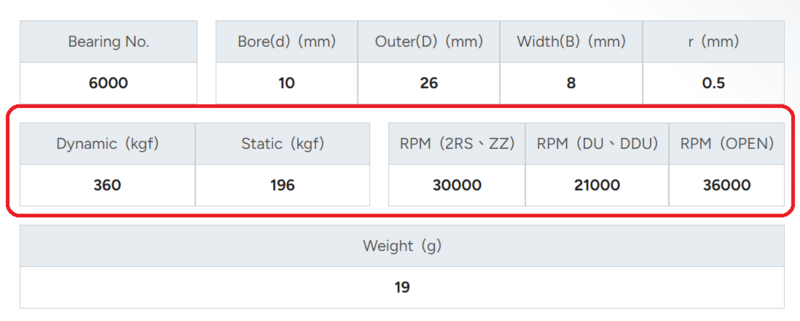
Never exceed the load capacity of a bearing, as it can lead to premature failure and safety hazards.

If your application operates in extreme conditions, such as high temperatures or corrosive environments, choose bearings specifically designed to withstand these challenges.

When in doubt or dealing with complex applications, consult with a bearing expert or engineer who can provide personalized recommendations.
Buying bearings may seem like a straightforward task, but it requires careful consideration to ensure the smooth operation and longevity of your machinery. By understanding your application's needs, choosing the right type and size, and following precautions, you can confidently select bearings that will serve your purposes effectively. Remember, the quality of your bearings can significantly impact the overall performance and safety of your equipment, so choose wisely.
 Read more:
Read more:
The Essential Guide to Racing Bearings: Unleash Your Speed
Navigating the World of Industrial Bearings: A Comprehensive Guide Introduction
Please provide your question. We’ll find you with the best support options.